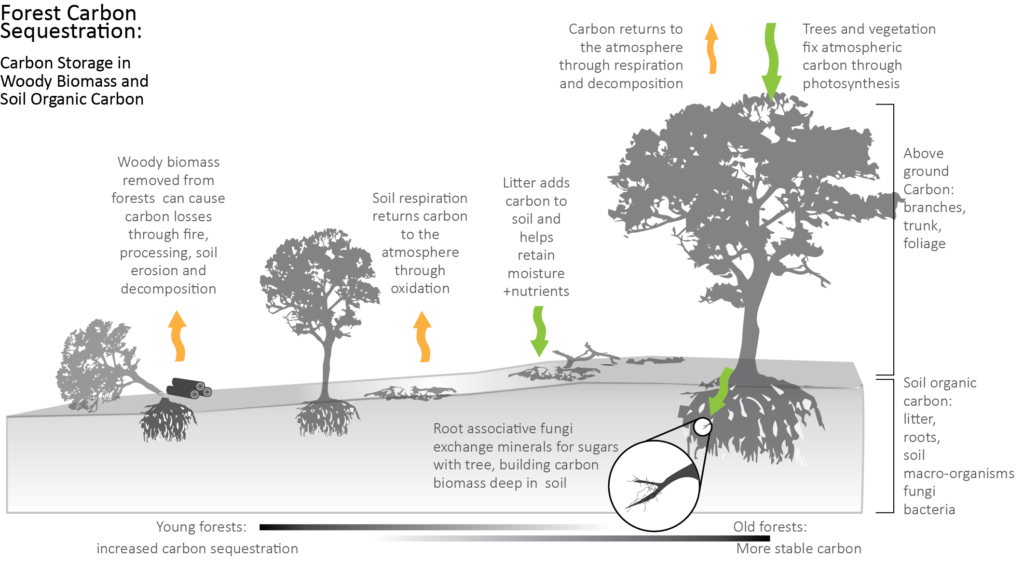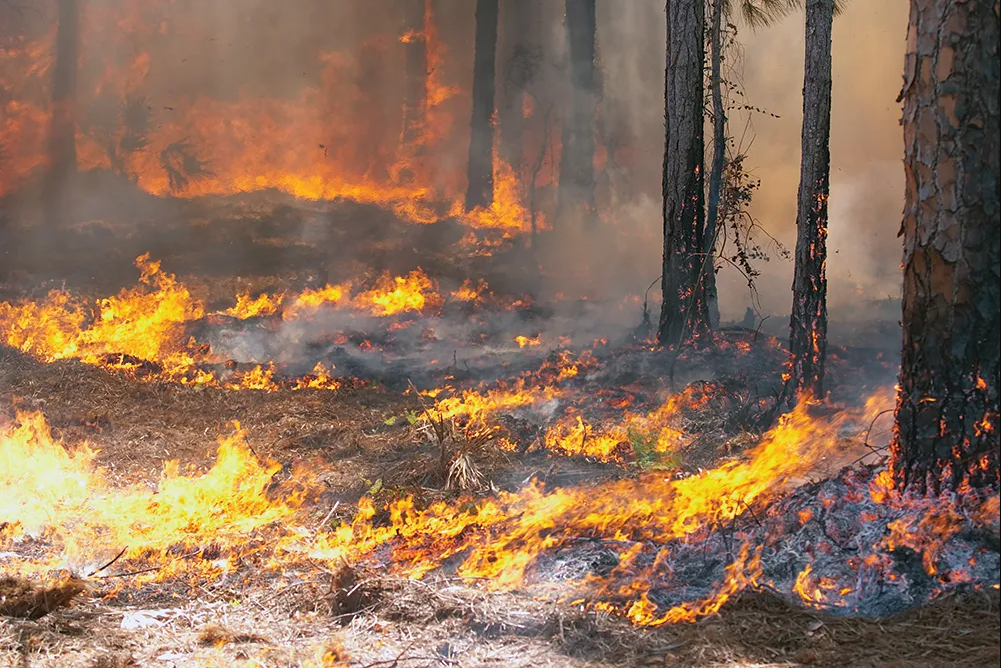Fires can be tragic, catastrophic events for people and wildlife, but are they always and completely “bad” for the environment? When fire destroys a forest, all of the carbon that’s been sequestered in the trees is released at the same time. During the burning process, this carbon combines with the oxygen in the air to form carbon dioxide, the primary greenhouse gas behind climate change. That might sound “bad”, but the thinning of trees also supports new growth and the uptake of carbon dioxide.
When an acre of grass burns, carbon is also released and carbon dioxide is created. Grass sequesters less carbon than trees, however. Yet with its rapid growth and shorter life cycle, grass takes in carbon dioxide more quickly. A year after a forest fire, what would you expect to see on the forest floor? Mature grass or a fully-grown tree? It’s probably the former, and it’s worth remembering that an acre of grass produces more oxygen than an acre of forest.
The point of this article isn’t to suggest that fire is “good” for the environment, or that grass is better than trees. Rather, it’s to make you think about things like blaming Brazil for rainforest deforestation when building the U.S. interstate system has also required the removal of 46,876 miles with a 300-ft. wide right-of-way on both sides. The next time you drive down the highway, however, you might look at the grassy median a little differently and breathe more deeply.

